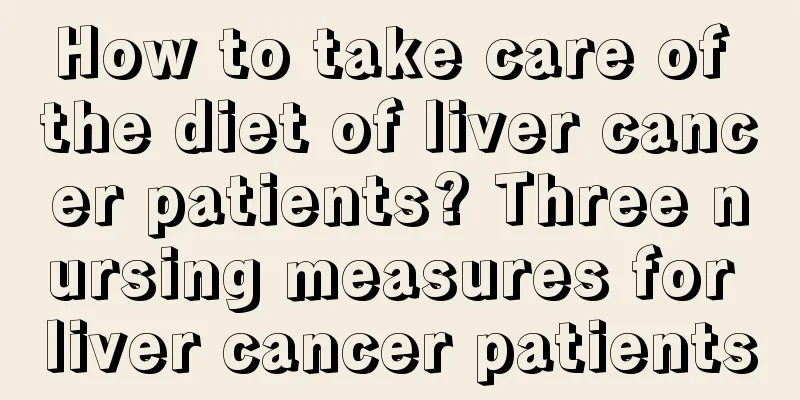Can gout patients eat roast chicken?

|
Gout patients suffer a lot because they have to endure the torture of the disease when encountering bad weather. Symptoms like gout are not easy to cure. They can only endure every difficult weather with strength. Although it is painful, there is no other way. Gout patients should also pay attention to their diet and avoid eating spicy food. However, gout patients can still eat some delicious roast chicken. The purine content of chicken is 30~75mg/100g, which is a low-purine food and can be eaten; however, it should not be eaten during a gout attack. The recommended daily intake of chicken is 100g/day. Chicken is rich in high-quality protein and its purine content is lower than other meats. It is an excellent source of high-quality protein for gout patients and can be eaten frequently by gout patients. One thing you need to note is that you can remove the chicken skin when eating chicken; another thing is that after eating chicken, you should reduce the intake of other meats, or it is best not to eat them, so as to avoid excessive meat intake causing overweight and the threat of inducing gout attacks. In order to control the level of uric acid in the blood and prevent gout attacks, gout patients should participate in physical activities in moderation, give priority to alkaline foods, quit smoking and drinking, do not overeat, and drink plenty of water to increase uric acid excretion. It is recommended to eat low or very low purine foods, eat less medium-purine foods, and avoid high-purine foods. High-purine foods: animal offal (liver, kidney, heart, brain), minced meat, broth, fish roe, sardines, shrimp, goose, etc. Medium-purine foods: Fish: carp, cod, perch, pike, catfish, etc. Meat: pork, beef, rabbit, duck, pigeon, quail, etc. Various shellfish. Low-purine foods: meat and crabs: herring, tuna, lobster, crab, etc. Meat: ham, lamb, chicken, etc. Wheat bran: cereal, bread, etc. Vegetables: asparagus, green beans, lima beans, peas, spinach, mushrooms, tofu, etc. Extremely low-purine foods: grains: rice, millet, cornmeal, flour, noodles, steamed buns, etc. Vegetables: cabbage, cabbage, carrots, celery, cucumbers, eggplants, kale, lettuce, pumpkin, squash, tomatoes, sweet potatoes, potatoes, etc. Various fruits, eggs, milk, various fats, peanut butter, jam, dried fruits, etc. |
<<: How to fix the dough being too wet
Recommend
What are the benefits of frying rice and boiling it in water?
Frying rice and boiling it in water can help expe...
How to remedy a low nose bridge
The so-called bridge of the nose is the root of t...
How to judge whether chemotherapy is effective
When tumors or cancer develop to the middle or la...
What to do in the acute phase after radiotherapy for nasopharyngeal carcinoma? Is there any good treatment method?
What should I do in the acute phase after radioth...
Homemade big wavy hair when sleeping
Hairstyle is very important for a person's im...
Is it right or wrong to drink water on an empty stomach in the morning
Many people should have the habit of drinking wat...
What are the methods for checking laryngeal cancer?
In recent years, laryngeal cancer has become a ma...
Abnormal leucorrhea causes dry and hard underwear, how to treat it without taking medicine
Women experience a leucorrhea period every month,...
What should we pay attention to in preventing prostate cancer
As we all know, if cancer is not treated in time ...
Why is my face fatter than my weight
The weight of many people has not changed much, b...
Colors that protect eyesight
Young people nowadays cannot live without compute...
What are the high-risk factors for colorectal cancer?
Colorectal cancer is a common tumor in my country...
How to differentiate squamous cell carcinoma from basal cell carcinoma
Skin cancer is divided into squamous cell carcino...
Always worried about bad things happening
Different people treat things differently and dea...
Things to note when washing teeth
In recent years, more and more people have paid a...









